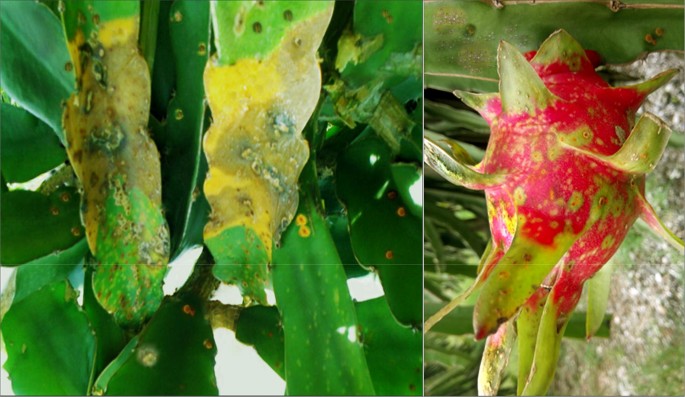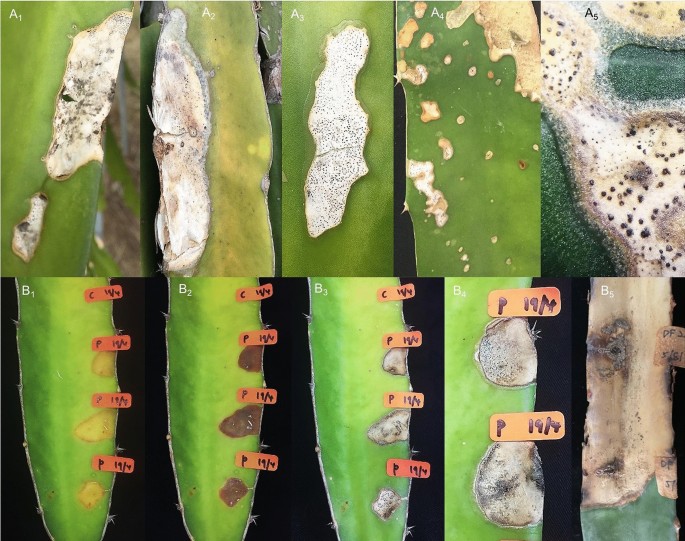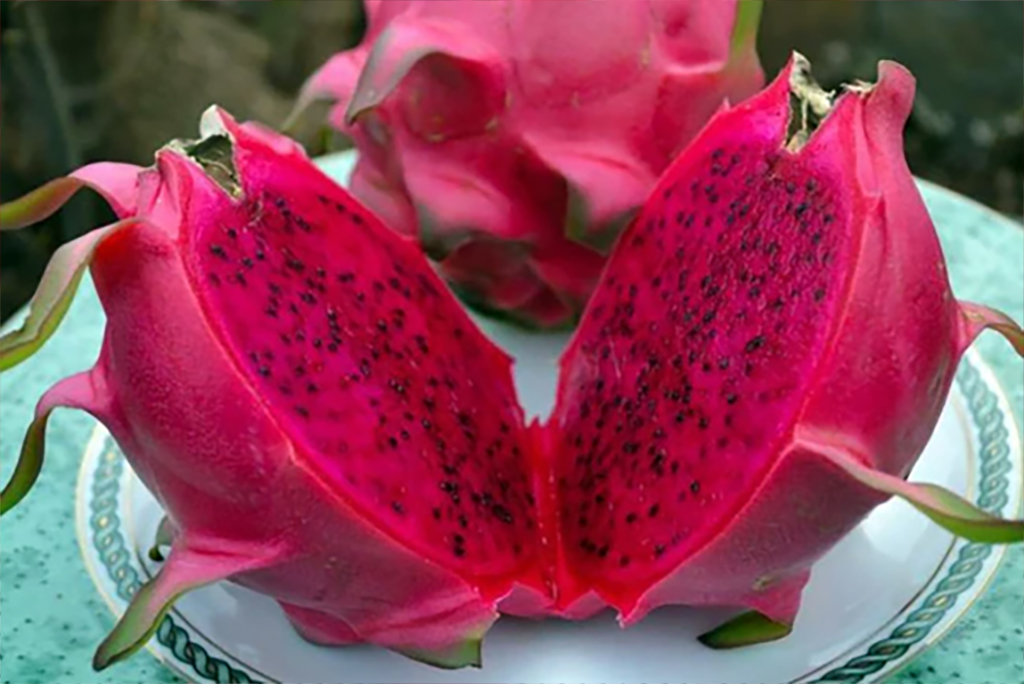Fungal spot in dragon fruit plants can be a perplexing challenge for growers, as it manifests as a series of unsightly blemishes that mar the otherwise vibrant appearance of these exotic succulents. Understanding the intricacies of fungal spot is crucial for implementing effective management strategies and preserving the health and vitality of dragon fruit orchards.
Table of Contents
Fungal Spot in Dragon Fruit: Causes, Symptoms, and Solutions

Delving into the Origins: Unraveling the Causes of Fungal Spot in Dragon Fruit
The emergence of fungal spot in dragon fruit is orchestrated by a consortium of fungal pathogens, notably Colletotrichum spp. and Phyllosticta spp., which exploit vulnerabilities within the plant’s defense mechanisms to gain a foothold. These opportunistic invaders thrive in environments characterized by high humidity and moderate temperatures, where they propagate and disseminate with alarming efficiency.
Fungal spot thrives in conditions conducive to fungal proliferation, proliferating in environments where moisture accumulates and airflow is restricted. Overhead irrigation and dense foliage provide an ideal habitat for fungal spores to germinate and colonize, initiating the insidious progression of infection throughout the orchard.

Deciphering the Telltale Signs: Recognizing Symptoms of Fungal Spot in Dragon Fruit
Identification of fungal spot in dragon fruit hinges upon astute observation and discernment, as symptoms may vary depending on the severity of the infection and the specific fungal species involved. Early detection is paramount to implementing timely intervention measures and curtailing the spread of infection.
Symptoms of fungal spot manifest as circular lesions on the surface of the fruit, characterized by a distinctive halo of discoloration surrounding the affected area. These lesions may start as small, water-soaked spots and gradually enlarge, encompassing larger portions of the fruit as the infection progresses.
Foliage may also exhibit symptoms of fungal spot, with leaves developing necrotic lesions and exhibiting signs of wilting and premature defoliation. The structural integrity of the plant is compromised, rendering it susceptible to secondary infections and environmental stressors.
Navigating the Path to Restoration: Managing Fungal Spot in Dragon Fruit

Combatting fungal spot in dragon fruit demands a multifaceted approach, incorporating preventive measures and targeted interventions aimed at mitigating the spread of infection and bolstering the plant’s natural defenses against fungal pathogens.
1. Enhance Orchard Sanitation
Institute rigorous sanitation protocols to minimize the risk of fungal spot within the orchard. Remove and dispose of infected plant debris promptly, reducing the reservoir of fungal inoculum and mitigating the spread of infection to healthy plants.
2. Optimize Irrigation Practices
Exercise prudence in irrigation practices to minimize moisture accumulation and mitigate the risk of fungal spot. Adopt drip irrigation systems to deliver water directly to the root zone, minimizing foliar wetness and reducing the likelihood of fungal spore germination and dissemination.
3. Promote Air Circulation
Enhance air circulation within the orchard to mitigate the buildup of humidity and reduce the risk of fungal spot. Prune surrounding vegetation and thin foliage to optimize airflow and create an inhospitable environment for fungal pathogens.
4. Implement Fungicidal Treatments
In cases of severe fungal spot outbreaks, intervention with fungicidal treatments may be warranted to suppress fungal proliferation and mitigate the spread of infection. Select fungicides approved for use in dragon fruit cultivation, applying them according to label instructions to maximize efficacy and minimize phytotoxicity.
5. Monitor Environmental Conditions
Regularly monitor environmental conditions within the orchard, paying close attention to humidity levels and temperature fluctuations conducive to fungal spot development. Implement preemptive measures to mitigate environmental stressors and optimize growing conditions for dragon fruit plants.
Conclusion
In conclusion, fungal spot in dragon fruit represents a formidable challenge for growers, demanding vigilance and proactive management strategies to preserve the health and productivity of their orchards. By fostering a culture of stewardship and embracing innovative approaches to disease management, enthusiasts can cultivate thriving ecosystems teeming with the resplendent beauty of dragon fruit. Let us unite in our commitment to safeguarding the legacy of dragon fruit cultivation, nurturing orchards that flourish in the face of adversity.
